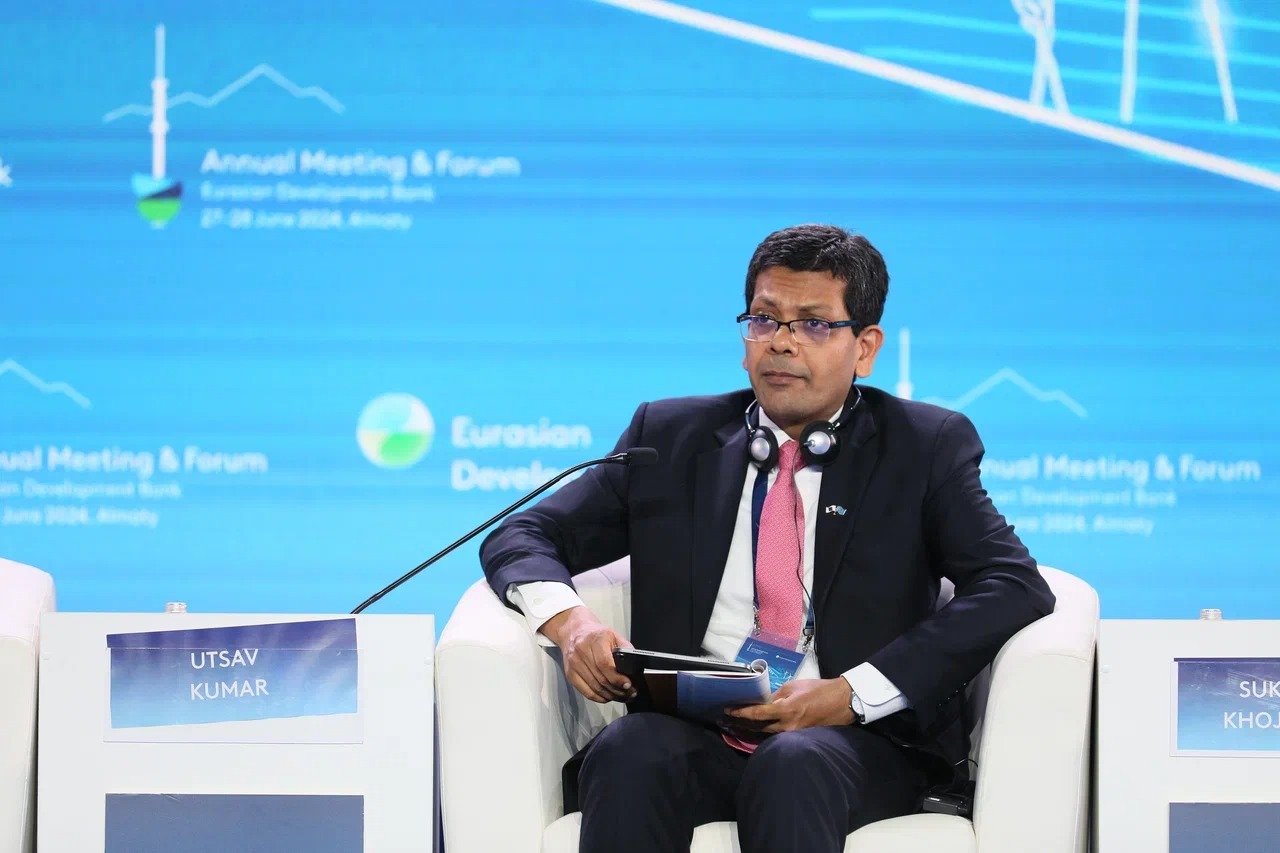ALMATY, Kazakhstan, June 27. The Central and West Asia region, and Central and West Asia for ADB is Afghanistan, Pakistan, Central Asia and Caucasus, comprising about 350 million people, faces increasing vulnerability to climate change, ADB Country Director for Kazakhstan, Utsav Kumar, said during the session "Water, Energy and Food in Central Asia: Partnerships and Projects for Sustainable Development" within the framework of the business forum in Almaty, Trend reports.
"As shared is well known to all here, climate change is expected
to have severe impacts in the region. Higher-than-average
temperature rises are likely to lead to greater water scarcity,
expanded desertification, and more extreme weather events like
floods, droughts, and heat stress. Warmer temperatures and more
unpredictable weather patterns could disrupt fragile
ecosystems.
Changes in the river flows of major river basins like the Amu Darya
and Syr Darya will affect water supply in several countries in the
region. A water supply gap of 37% is expected to occur by 2050
unless irrigation systems and other critical water infrastructure
are upgraded and modernized. This gap could lead to lower
agricultural productivity, more food insecurity, worse health
outcomes—and potential conflicts over scarce resources.
At the same time, over the past 50-60 years, there has been a 30%
decrease in glacier surface area as a result of changing climate
conditions. The melting of snowcaps combined with intensifying
weather events have triggered natural calamities such as floods and
landslides that are happening more frequently and severely. By 2070
and onwards, availability of water resources and river discharge is
likely to decline due to further melting of glaciers.
These threats place the achievement of development goal of Central
and West Asia DMCs at risk. According to WB estimates, the economic
impact from droughts and floods in Central and West Asia could
reach 1.3% of regional gross domestic product (GDP) per year if no
actions are taken against climate change.
Without adaptation actions, there will be a progressive increase in
economic losses and a reduction in the ability of communities to
move out of poverty. Report by the Global Commission on Adaptation
estimated that investing $1.8 trillion globally in climate change
adaptation from 2020 to 2030 could produce $7.1 trillion in total
net benefits," he said.
To note, the session "Water, Energy and Food in Central Asia: Partnerships and Projects for Sustainable Development" was held within the framework of the Eurasian Development Bank (EDB) Business Forum held in Almaty.
The participants discussed the coordination of development in the water-food-energy nexus, cooperation between multilateral development banks and international organizations, and the most promising projects and approaches in government regulation, the water sector, the power sector, and industry.
Stay up-to-date with more news on Trend News Agency's WhatsApp channel







